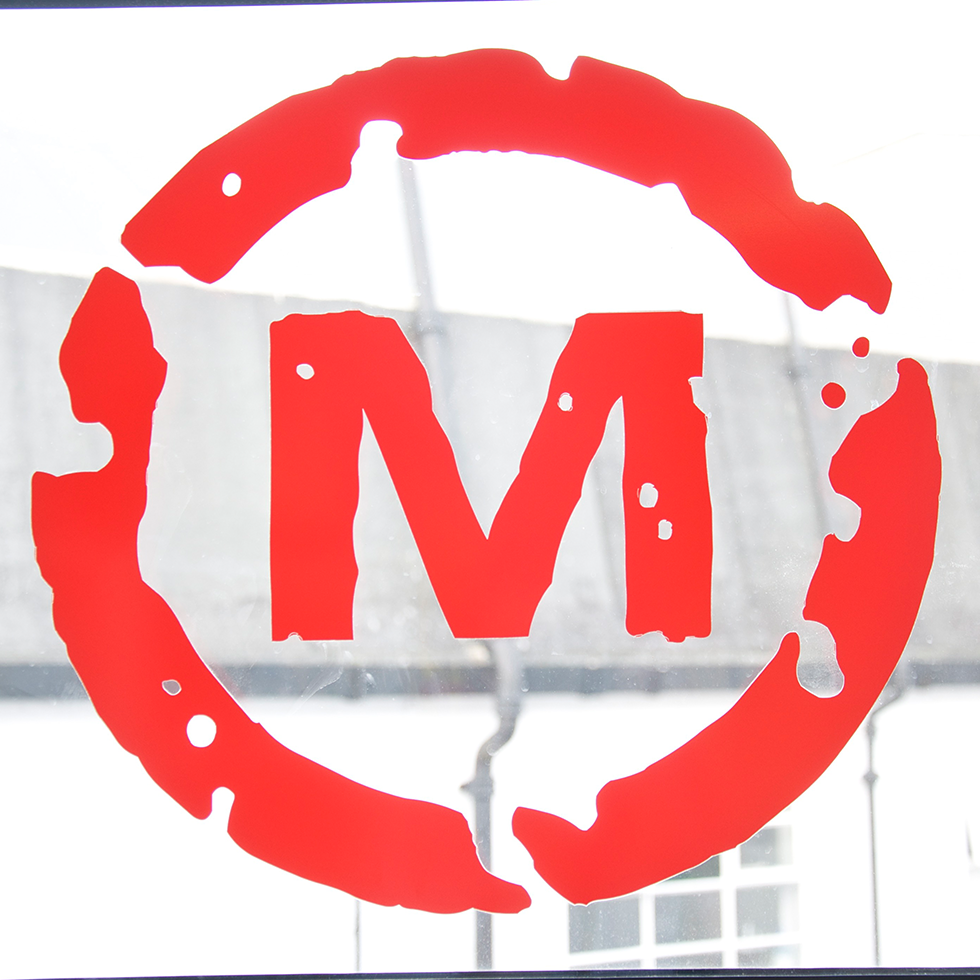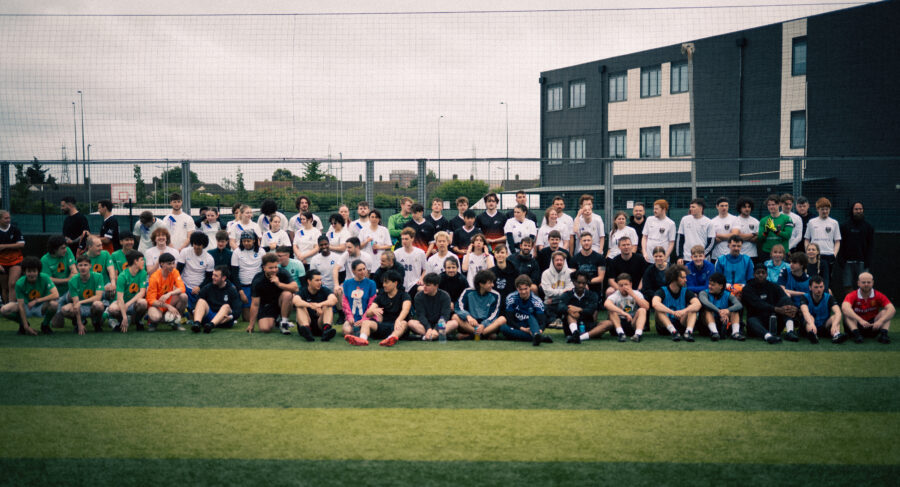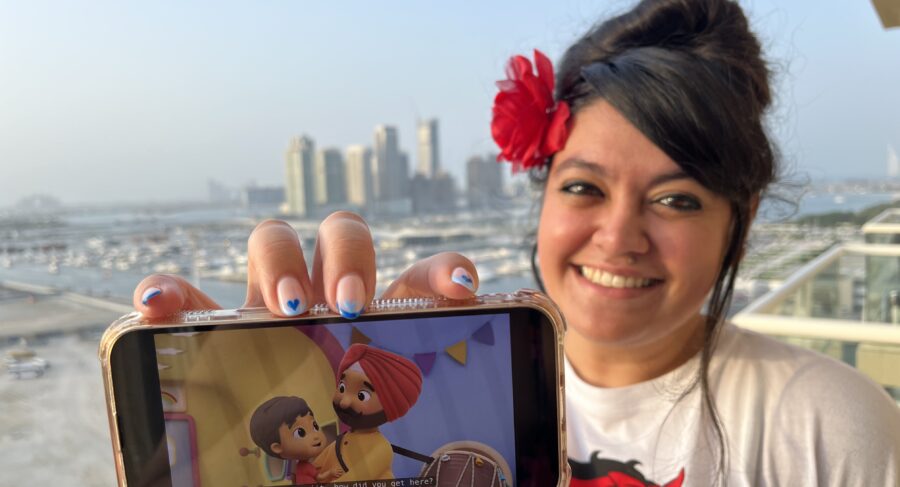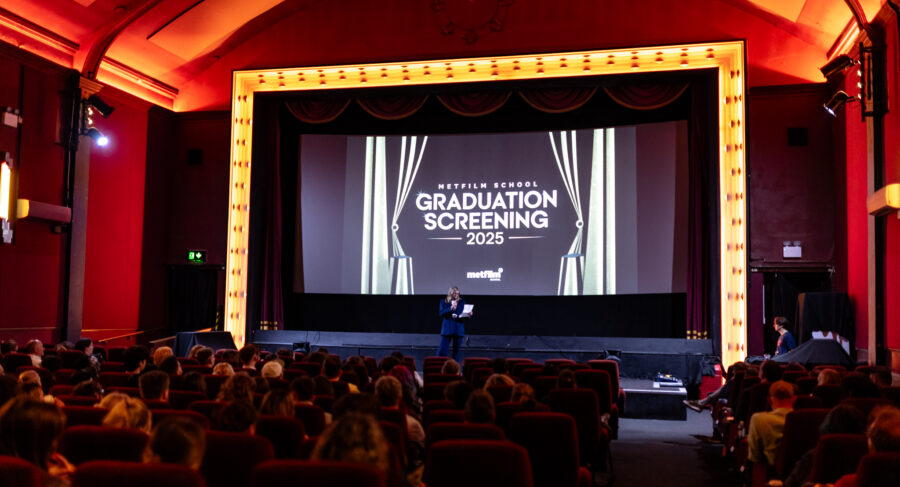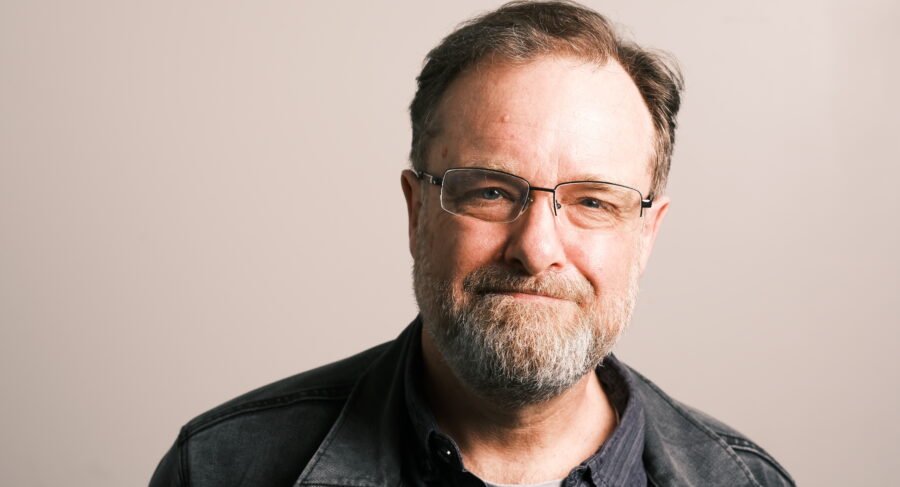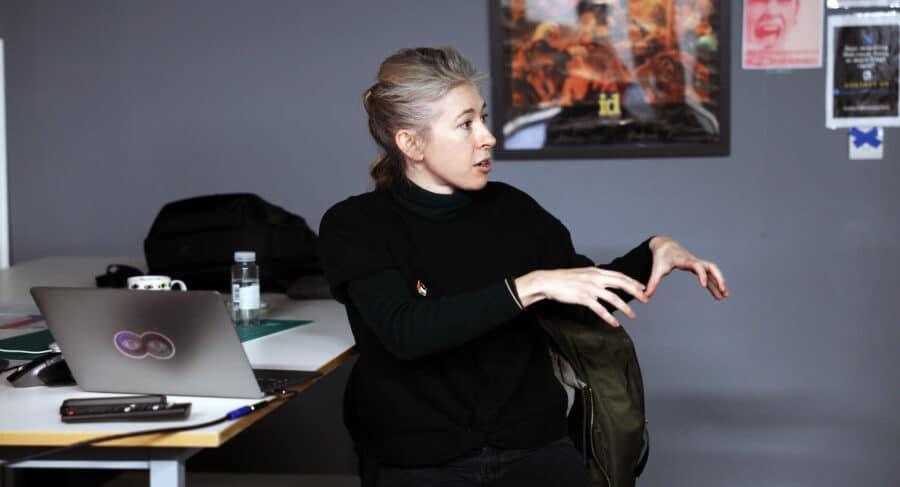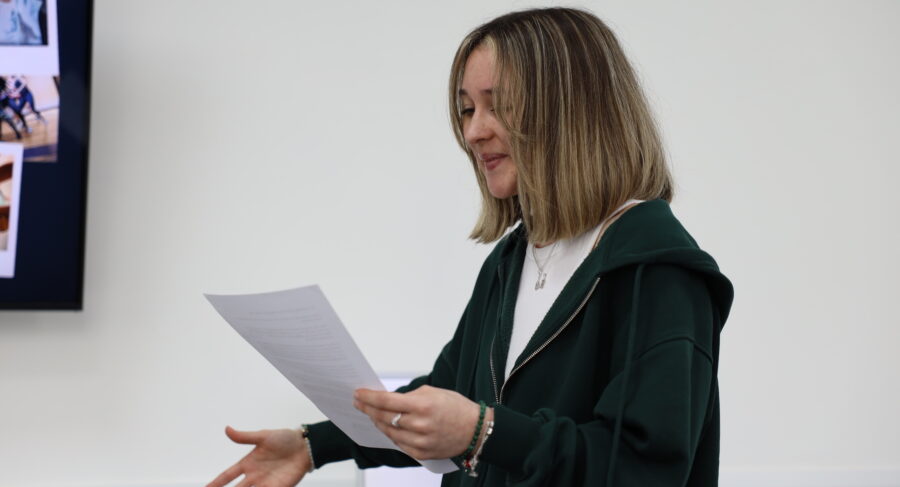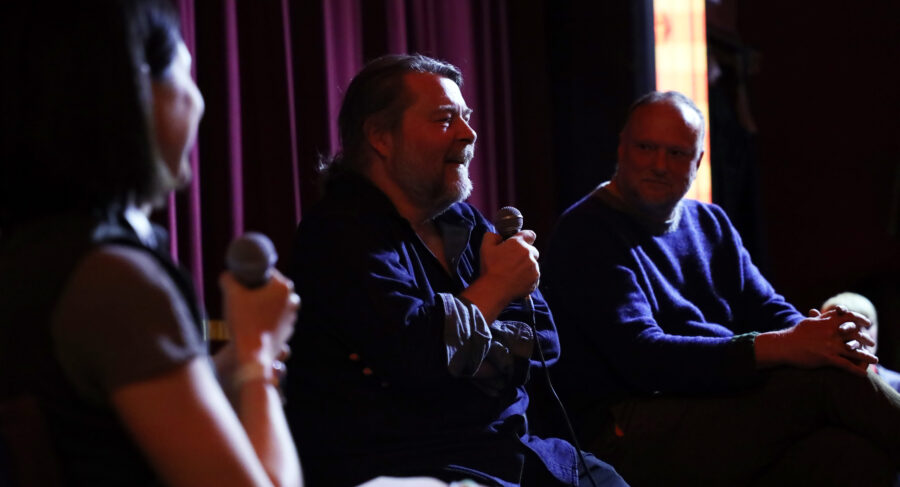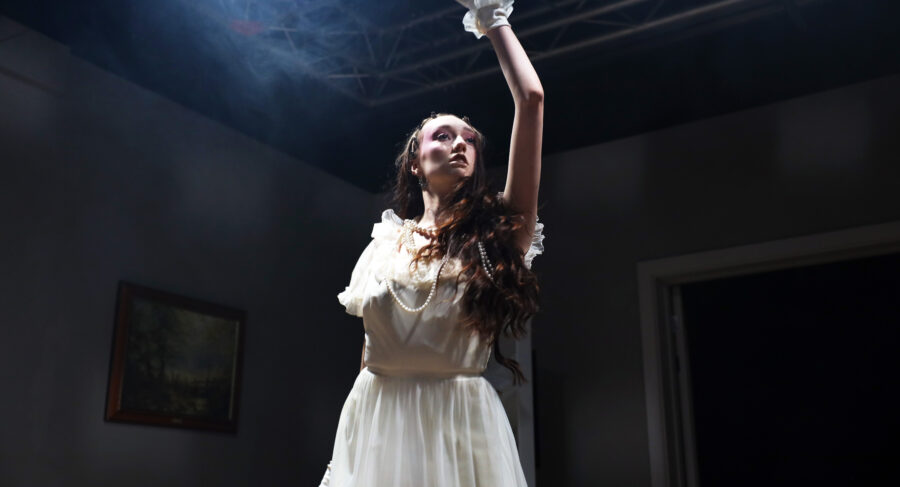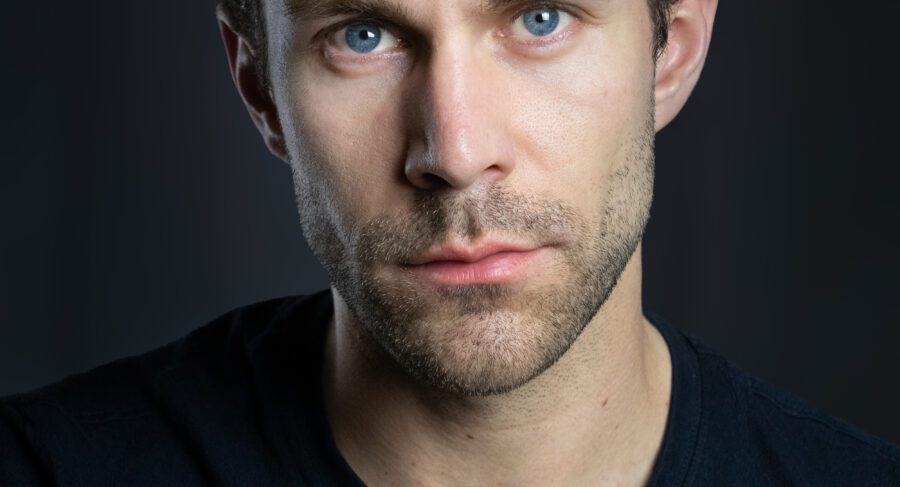The Craft of Cinematography
By William Boyd
04 December 2024
Cinematography is the visual heartbeat of filmmaking. It’s the craft of telling stories through the artful use of light, colour, composition, and movement. While directors shape the overall vision, cinematographers—or directors of photography (DPs)—bring that vision to life, translating emotions and themes into stunning visual narratives. From the subtle play of shadows on a character’s face to the sweeping grandeur of a tracking shot, cinematography turns the script into a feast for the eyes.
The Role of a Cinematographer
Cinematography is more than capturing beautiful images; it’s about enhancing the story. A cinematographer works closely with the director to craft the visual language of the film. This involves choosing camera angles, lighting setups, and lens types to create the desired mood and tone. Whether it’s the gritty realism of a handheld shot or the controlled elegance of a dolly move, every choice serves the narrative.
Collaboration is at the core of the role. Cinematographers lead teams of camera operators, gaffers, and grips, ensuring that the technical execution aligns with the creative intent. They also work closely with production designers to integrate visuals seamlessly into the film’s world.
For aspiring cinematographers, formal training is invaluable. Courses like the BA (Hons) Practical Filmmaking and the MA Cinematography at MetFilm School provide hands-on experience and mentorship from industry professionals.
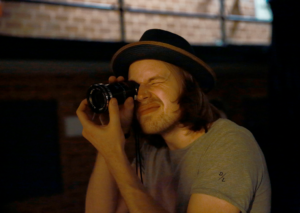
The Art of Lighting and Composition
Lighting is at the heart of cinematography. It’s not just about illuminating a scene—it’s about shaping it. A well-lit scene can evoke intimacy, tension, or grandeur, depending on the mood the story requires. Cinematographers often rely on techniques like chiaroscuro (the interplay of light and shadow) to create depth and emotion.
Composition is equally important. The arrangement of elements within the frame directs the viewer’s eye and reinforces the story’s themes. By using techniques like the rule of thirds, leading lines, and negative space, cinematographers guide the audience’s emotional journey.
For those looking to refine their craft, studying the work of master cinematographers—like Roger Deakins (Blade Runner 2049) or Emmanuel Lubezki (The Revenant)—can provide invaluable insight into lighting and framing techniques.
Collaboration and Adaptability
Cinematographers don’t work in isolation. They collaborate with every department to ensure that the visuals align with the film’s overall vision. This requires not only technical expertise but also excellent communication skills. Whether it’s coordinating with the director on shot lists or working with the gaffer to adjust a lighting setup, teamwork is key.
Adaptability is another crucial skill. On set, things rarely go as planned—weather changes, schedules shift, and equipment fails. The best cinematographers are those who can think on their feet and still deliver breathtaking visuals under challenging conditions.
For practical experience in navigating these challenges, MetFilm School’s London and Leeds campuses offer programmes that mirror real-world production environments.
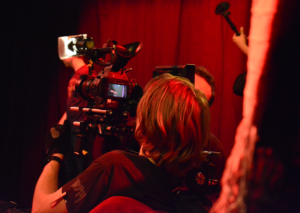
The Challenges and Rewards of Cinematography
Cinematography is as demanding as it is rewarding. Long hours on set, heavy equipment, and the pressure to deliver perfect shots can be daunting. However, the satisfaction of seeing a story come to life visually makes it all worthwhile.
When done well, cinematography doesn’t just complement the story—it becomes an integral part of it. Think of the haunting green palette in The Matrix or the golden hues of The Grand Budapest Hotel. These choices elevate the narrative, leaving a lasting impression on the audience.
Tips for Aspiring Cinematographers
Here are some key tips to help you grow your craft:
- Study the masters – Watch films critically, paying attention to lighting, composition, and camera movement. Analyse how these elements contribute to the story.
- Practisce visual storytelling – Experiment with your own camera, playing with angles, light sources, and framing. Even a smartphone can be a great tool for learning the basics.
- Learn the technical side – Understand how cameras, lenses, and lighting equipment work. Courses like the MA Cinematography provide hands-on experience with industry-standard tools.
- Collaborate on projects – Join student or indie film sets to gain real-world experience. Working with others will teach you how to adapt to different creative visions.
- Be patient and persistent – Cinematography is a competitive field, but persistence pays off. Build your portfolio with passion projects and gradually work your way into larger productions.

Why Cinematography Matters
Cinematography is the soul of a film’s visuals. It’s the medium through which stories are not only told but felt. From the intimacy of a close-up to the vastness of an epic landscape, cinematography captures emotions, ideas, and themes that words cannot convey.
Whether you’re dreaming of becoming a DP for blockbuster films or creating visually stunning indie projects, the craft of cinematography offers endless opportunities for creative expression.
Take your first step at MetFilm School, where our directing and cinematography courses will equip you with the skills and experience to bring your vision to life.
ARE YOU INTERESTED IN BEING A PART OF THE NEW LEGACY AT METFILM SCHOOL?
Sign up to one of our Open Days:
OPEN DAYS
Find out more information on our courses by clicking below:
